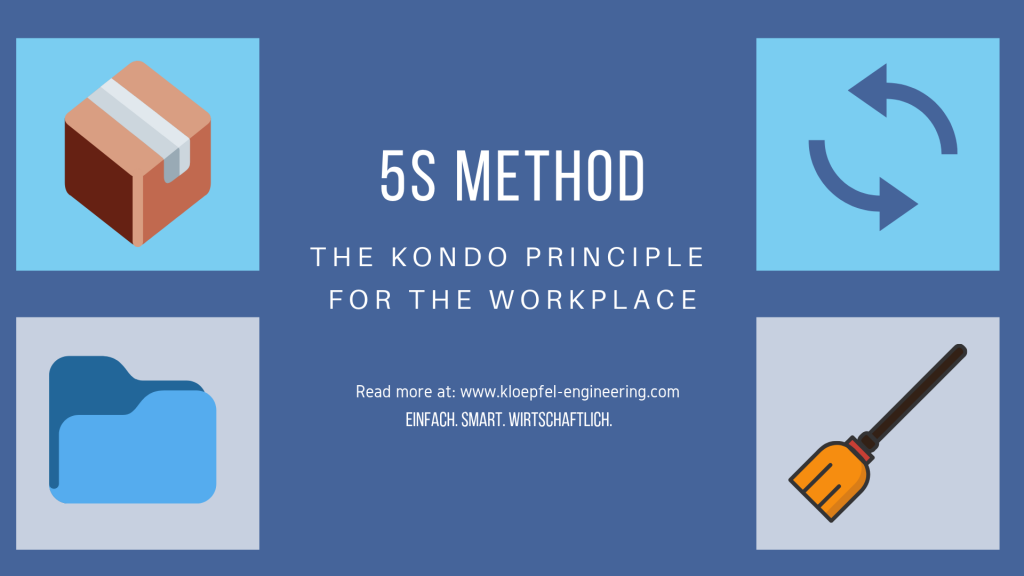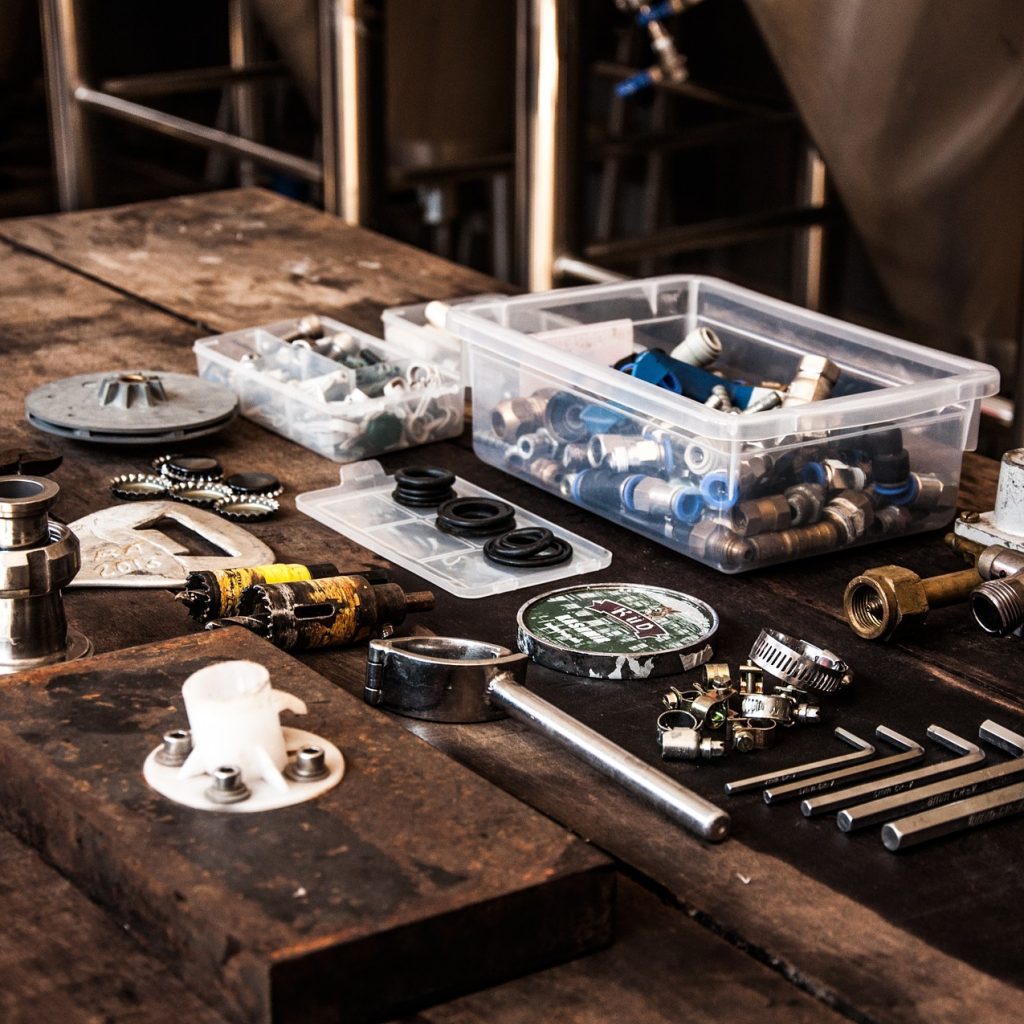Increase productivity in 5 steps
“A tidy house, a tidy mind.” As children we have heard this sentence again and again from our parents. With her Netflix series, Japanese bestselling author Marie Kondo has triggered a real clean-up and organization hype.
But not only in private life, but also at work, tidiness can have a positive effect on work. In order to make value chains and work processes as efficient as possible, LEAN management offers various methods. The 5S method describes five principles to ensure smooth processes at the workplace.
In principle, it is important to place working materials in such a way that they are easy to find. Everything that prevents the flow of work should disappear from the workplace. At this point, the most important factor that decides whether the method is successful or not becomes clear: employee involvement.
That means 5S
The abbreviation 5S stands for sorting, systematizing, cleaning, standardizing, self-discipline & steady improvement and describes the five basic principles of the approach. These should not be understood as a onetime process, but as a cycle that is constantly repeated.
First, things you don’t need for work and at work should be sorted out permanently. This creates more space for the utensils you actually need. At the same time you have a better overview.
Another principle, which Marie Kondo also advises, is systematization. Here the credo is: Everything has its place. In doing so, you should develop a system which best arranges the materials at the workplace so that you can work optimally. For example, it makes sense to place tools that are often used near the workplace. If different utensils are needed, they are best placed in the appropriate order. The labeling of work equipment and storage locations also creates a system so that a unique identification is possible. With the help of visualizations, all materials find their way back to the right place after use. Standard images or shadow panels can help with this. If materials are not stored according to standards, order can be quickly restored.

Self-discipline as a guarantee of success
Cleaning and tidying up automatically goes hand in hand with wiping. If you clean your workplace regularly, you can detect defective materials more quickly and avoid errors due to dirt. You should also identify and eliminate the cause of the contamination. A clean workplace also increases motivation and has a positive effect on work and productivity.
A bit of 08/15 is also part of the 5S principle. This does not mean that you don’t care about the work, but that a standard is developed and established. The advantage: every employee quickly finds knows what to do – even across departments. Examples of this can be standardized color markings on the floor for transport routes.
In order not to neglect the third step, sanitizing, a sanitizing plan should be introduced and sanitizing standardized. This plan specifies when and how often cleaning will take place as well as what should be taken into account during cleaning (defects, deficiencies, etc.). Deviations from the standard can easily be detected with checklists and avoided in the future.
But all these steps are ineffective if you take the last step only halfhearted. Self-discipline and steady improvement of this approach are the key to success.
Therefore, follow the rules and check regularly so that deviations are detected and avoided in the future. As already mentioned, the 5S method is not a one-time process, but should be continuously improved. This is the only way to optimize your work processes and increase productivity.


